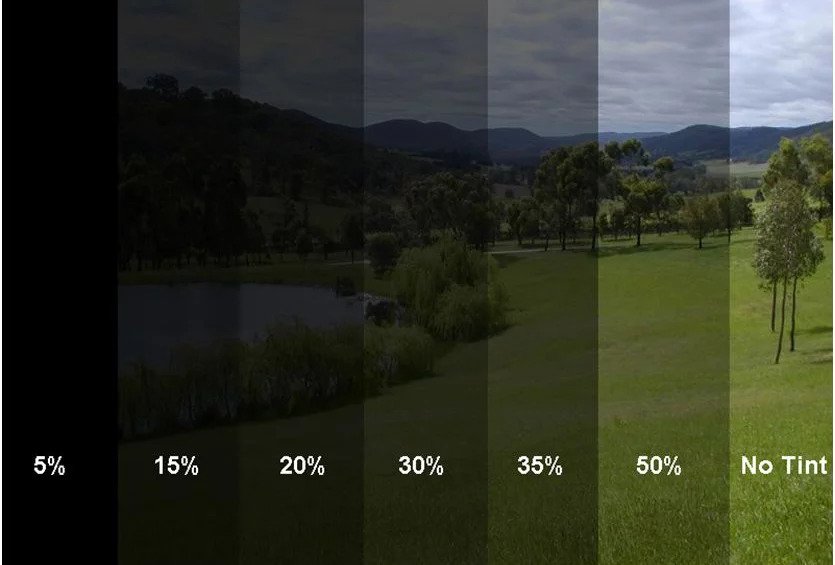Car Tinting
Welcome to All Round Tinting
Car, Home & Office Tinting
Need your Car Home or Office Tinted? Well you've come to the right place, I've been tinting windows for over 18 years. It has been my profession since I was 16 years old. The film I use for all my work is second to none, it is an American made film by Sun Tek. All films come with a lifetime warranty and my guarantee on workmanship.
All films used for cars is Sun Tek's High Performance range.
CAR WINDOW TINTING
At All Round Tinting, we specialize in professional car window tinting services that not only enhance the look of your vehicle but also provide multiple benefits, including UV protection, heat reduction, glare minimization, and increased privacy.
Why Choose Car Window Tinting?
Car window tinting is more than just an aesthetic upgrade. It provides a safer, more comfortable, and energy-efficient driving experience. Here’s how:
UV Protection
- Blocks up to 99% of harmful UV rays
- Helps protect passengers from skin damage and sunburn
- Prevents interior fading, keeping your car's upholstery and dashboard in top condition

HOME WINDOW TINTING
Thermal properties
Heating and cooling systems have energy costs, and window films can be used to increase building insulation. Modern windows with low solar gain glass do not need retrofit films, but since most of the existing windows do not have a low solar heat gain, window films make a lot of sense as a retrofit energy improvement. They can provide thermal comfort and are one of the most cost-competitive and environmentally-friendly energy improvements, especially in hot and mixed climates.
Rayno Car Window Tinting
At All Round Tinting, we proudly offer Rayno Window Films, an industry leader in advanced window tinting technology. Rayno films combine nano-carbon and ceramic technology to deliver superior heat rejection, UV protection, and optical clarity, all while enhancing the aesthetics of your vehicle.
OFFICE WINDOW TITNING
Enhance your workplace environment with our professional office window tinting solutions. At All Round Tinting, we specialize in providing high-quality window films that offer a multitude of benefits tailored to meet the unique needs of commercial spaces.
Benefits of Office Window Tinting
-
Energy Efficiency: Our window films act as an additional layer of insulation, reducing heat gain during summer and heat loss during winter. This leads to significant savings on energy bills by maintaining a consistent indoor temperature.
-
Glare Reduction: Excessive glare on computer screens can hinder productivity and cause eye strain. Our tinting solutions minimize glare, creating a more comfortable working environment for your employees.
-
UV Protection: Harmful ultraviolet rays can cause fading of office furnishings and pose health risks. Our window films block up to 99% of UV rays, preserving your interior assets and protecting occupants.
- Enhanced Privacy: Maintain confidentiality and prevent prying eyes with our privacy window films. Ideal for conference rooms and sensitive areas, these films ensure that your business activities remain discreet.
- Aesthetic Appeal: Upgrade the look of your building with sleek and modern window films. Our range of tints complements any architectural style, providing a professional appearance while offering practical benefits.


